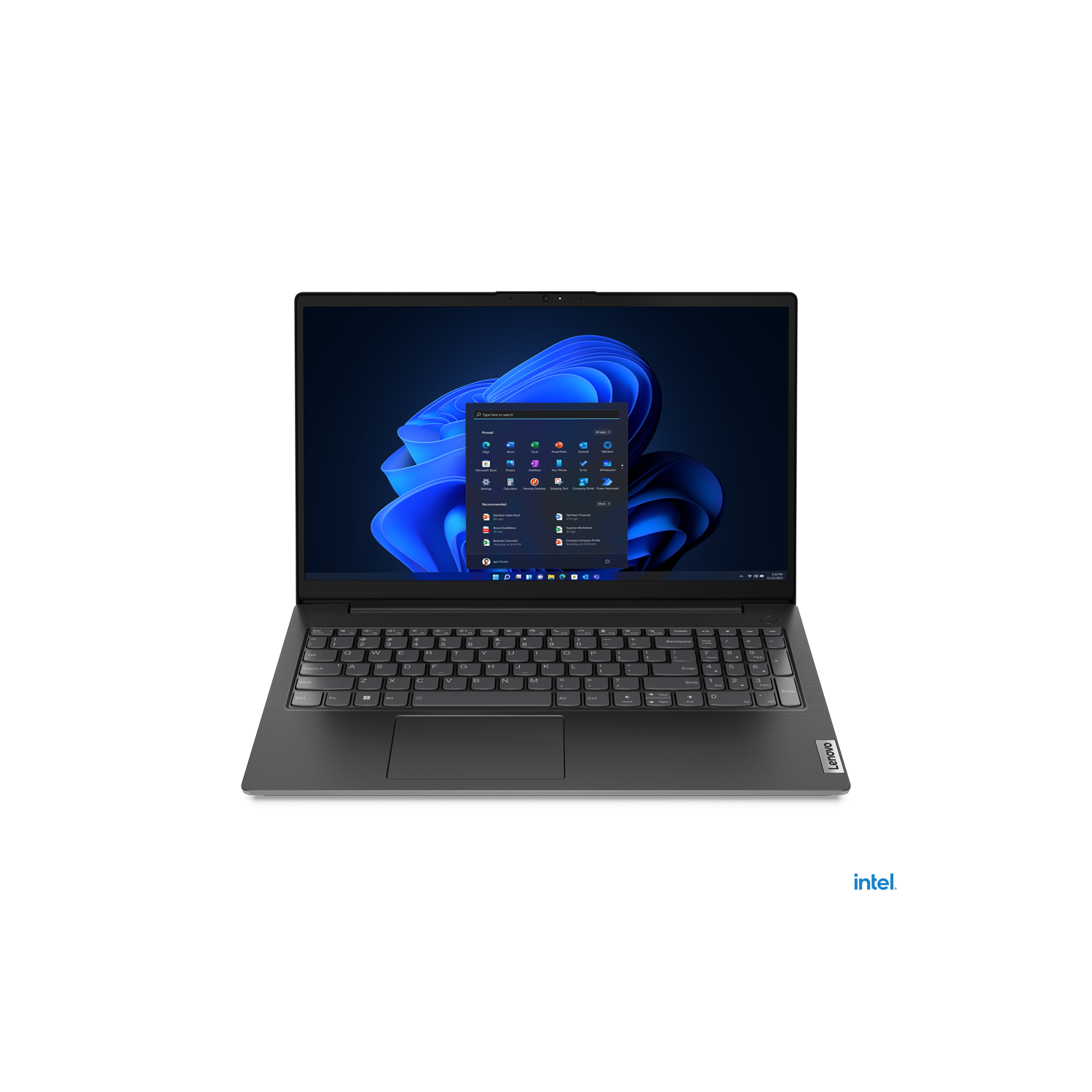The Intel Core i7: A Deep Dive into Power and Performance
The Intel Core i7, a name synonymous with high-performance computing, has been a cornerstone of the laptop market for years. From demanding creative tasks to immersive gaming experiences, the i7 series has consistently delivered the processing power needed to handle it all. But what exactly makes an i7 laptop so powerful, and how do you choose the right one for your needs? This comprehensive guide will explore the intricacies of the Intel Core i7, delving into its architecture, generations, and real-world applications.
Understanding the Core Architecture
At the heart of every Intel Core i7 lies a complex architecture designed to execute instructions rapidly and efficiently. The core concept revolves around multiple processing cores, each capable of handling independent tasks. This parallel processing capability allows the i7 to tackle demanding workloads with ease.

Cores and Threads: The Foundation of Performance
The number of cores and threads directly impacts a processor’s ability to handle multitasking and parallel processing. Cores are the physical processing units, while threads are virtual representations of those cores. Intel’s Hyper-Threading technology (HTT) allows each core to handle two threads simultaneously, effectively doubling the number of tasks a processor can handle at once.
Core Count: A higher core count generally translates to better performance in heavily threaded applications, such as video editing, 3D rendering, and complex simulations.
Clock Speed: The Pace of Processing

Clock speed, measured in gigahertz (GHz), indicates the number of processing cycles a CPU can perform per second. A higher clock speed generally means faster performance for single-threaded tasks, such as web browsing and basic office applications. However, clock speed is not the sole determinant of performance, as architectural improvements and core count also play crucial roles.
Cache Memory: The Speed Booster
Cache memory is a small, high-speed memory component located close to the CPU cores. It stores frequently accessed data, enabling the CPU to retrieve information much faster than from the main system memory (RAM). The size and type of cache memory can significantly impact performance, particularly in data-intensive tasks.
Integrated Graphics: Handling Visuals

Many Intel Core i7 processors feature integrated graphics processing units (GPUs). These GPUs are suitable for everyday tasks, such as web browsing, video playback, and light gaming. However, for demanding graphics workloads, such as AAA gaming or professional video editing, a dedicated graphics card (dGPU) is typically required.
Generations and Architectures: A Timeline of Innovation
The Intel Core i7 series has undergone numerous generations, each introducing architectural improvements and performance enhancements. Understanding the different generations and architectures is essential for choosing the right i7 laptop.
The Evolution of the i7: A Generational Overview.
First Generation (Nehalem):
Choosing the Right i7 Laptop for Your Needs
Selecting the ideal i7 laptop requires careful consideration of your specific needs and priorities.
Performance Demands: Identifying Your Workload
Casual Users: For everyday tasks like web browsing, email, and office work, a lower-end i7 with integrated graphics and sufficient RAM will suffice.
Portability and Battery Life: Balancing Performance and Mobility
Ultraportable Laptops: These laptops prioritize portability and battery life, often featuring lower-power i7 processors and integrated graphics.
Budget Considerations: Finding the Right Value
Intel Core i7 laptops are available in a wide range of price points. It’s essential to set a budget and compare specifications to find the best value for your money.
Real-World Applications
The Intel Core i7 excels in a multitude of real-world applications.
Content Creation: Video editing, photo editing, and 3D rendering benefit from the i7’s multi-core performance and fast processing speeds.
Conclusion
The Intel Core i7 remains a powerful and versatile processor, catering to a wide range of users and applications. By understanding the core architecture, generations, and real-world applications of the i7, you can make an informed decision when choosing your next laptop. When considering your laptop purchase, do not just look at the I7, but also the Generation, and the specific CPU Model number. Those identifiers are the most telling items relating to the performance of the system.


